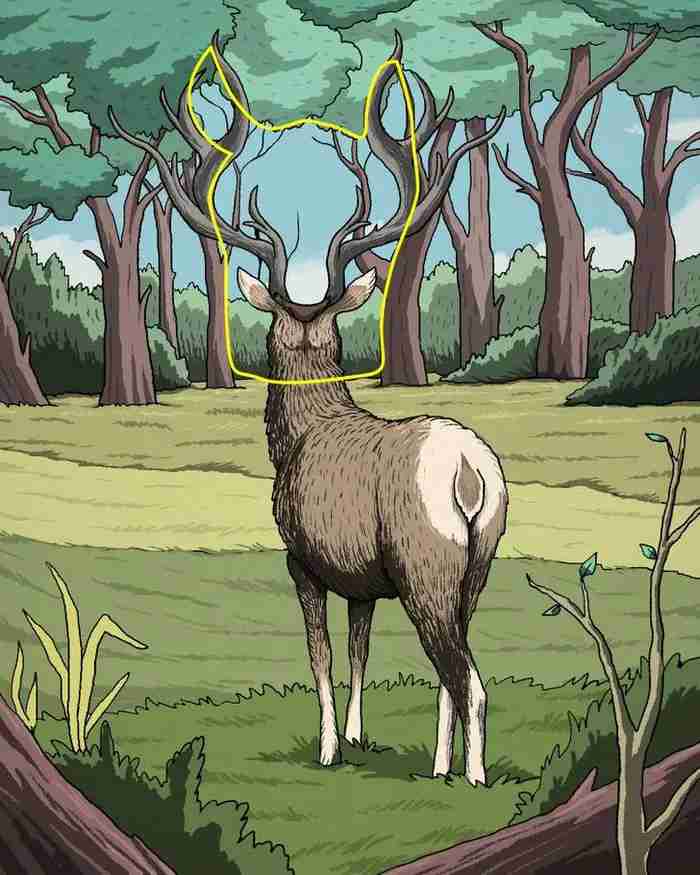Optical Illusion Puzzle: Optical illusions are helpful study tools for figuring out how individuals perceive and think. By examining how our brain receives and interprets visual information, researchers can learn more about the human visual system. It's possible that an optical illusion from a century ago had an impact on early research or inspired brand-new investigations into visual perception.
 Source: Tediado.com
Source: Tediado.com
In contrast to the image above, you need to use your observational skills and mental abilities to find a cougar hidden in the forest.
Can You Find The Cougar Hidden In This Optical Illusion Challenge?
Optical illusions are fascinating visual phenomena that have a significant impact on how people see objects in daily life, art, psychology, and even in the brain. They show how the brain analyses and processes visual data, demonstrating that perception is a sophisticated mental construct rather than a simple depiction of reality.
Look for the optical illusion answer here:
Optical illusions have served as a source of inspiration for artists to create captivating and puzzling works of art. Artists exploit these deceptions to evoke emotions, add complexity, and perplex viewers' perceptions, resulting in imaginative and thought-provoking works of art.
Also, the credit for this amazing picture goes to Tediado.com.
But I forgot to tell you, you just have 13 seconds.
Tick…
Tock…
Tick…
Enough of suspense and the low-key music in the background, let’s jump to the answer.
It is possible to evaluate and research people's visual ability using optical illusions. They can be applied, for instance, to spot probable visual problems or assess how particular medical conditions impact vision.
Coming back to the picture…
I Am Sure You Are Done!
If you are still struggling with the answer, please have a look at the picture below.
 Source: Tediado.com
Source: Tediado.com
Optical illusions incorporate aspects of science, art, history, and society in addition to being a visual marvel. They, therefore, contribute significantly to our shared heritage and understanding of how people perceive the world.
Comments
All Comments (0)
Join the conversation